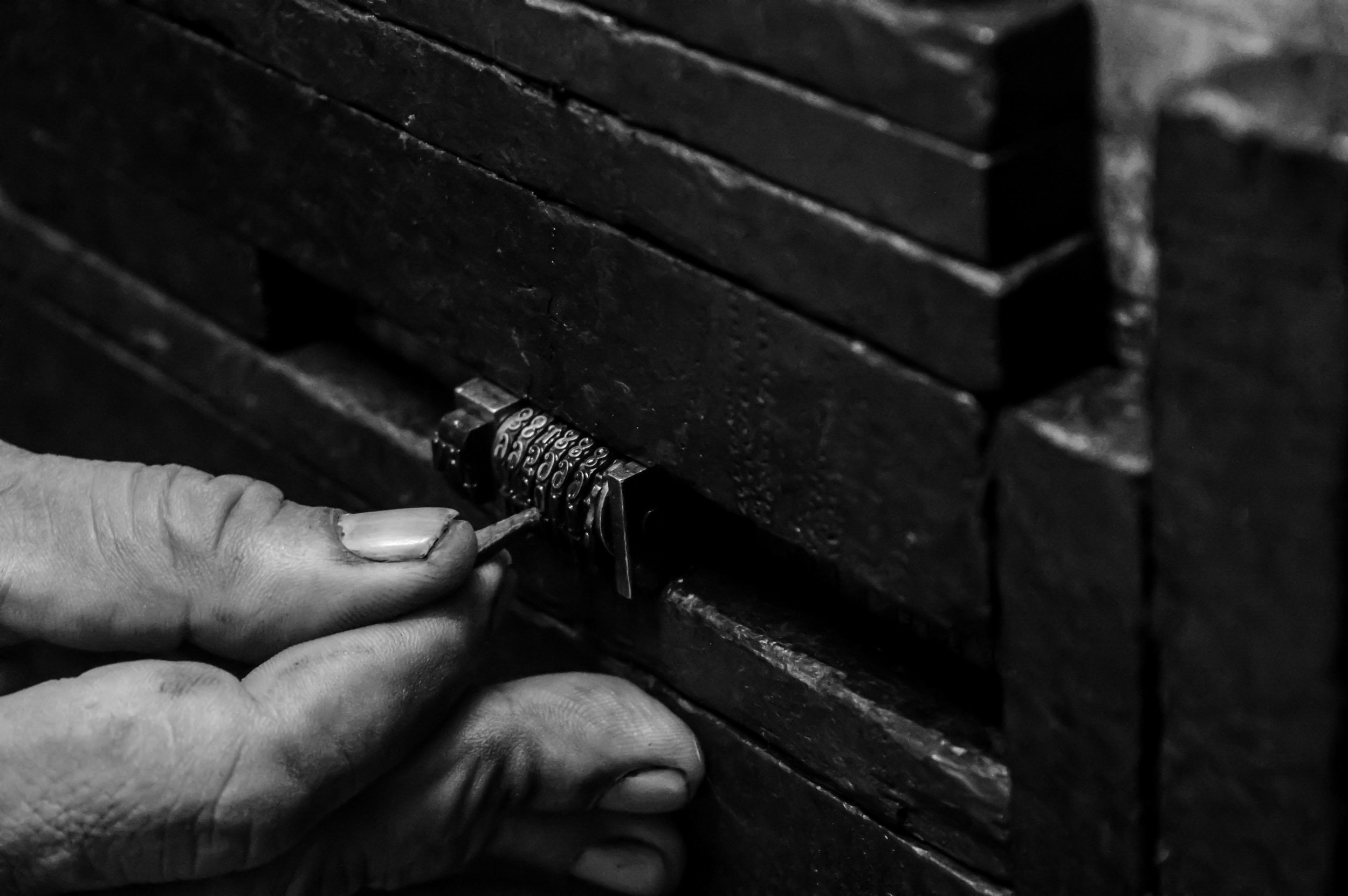
Society has often associated lock picking with malicious intent. On the contrary, this isn’t a skill that only burglars should learn. Understanding how different locks work and thereafter, learning how to manipulate the mechanics of it can prove to be a very handy and convenient skill, especially when losing keys seems to be a daily ritual. Think of acquiring this skill as a cool party trick you get to show off within your circles!
What Is Lock Picking
Lock picking is a process of simulating the correct key to a door lock. Locks are senseless and straightforward devices that use one fixed path of operation. This simplicity makes learning how to pick locks a great practice in learning how to hack things.
Basic lock picking tools
The two main tools when it comes to lock picking include a torque wrench and a lock pick. The function of a lock pick is to thrust the pins to the shear lines. Note that there are numerous styles of picks that can be utilized, and each has its own technique.
In this guide, we will look at the most uncomplicated technique of lock picking known as raking. This technique requires a rake style lock pick.
Apart from the pick, there is also a tiny essential tool known as a torque wrench. The device comes in an L shape and performs two essential tasks; first, it offers the leverage you need to twist the plug, the same way a key does. It also provides the torque required to set and hold the lock pins in shear line while picking them. In the absence of the torque, the pins will fall back to the plug and lock will remain in place. When it comes to picking locks, you need a fully-loaded lock picking set, which you can get from amazon.
Steps for Picking a Lock
Since you have a basic understanding of the tools needed to pick locks, it’s time to learn how to pick the locks. Here are the six steps to guide you through the process.
• Step one
Insert the shorter part of the tension wrench into the bottom part of the lock’s keyhole. Use your two fingers to apply some light pressure on the wrench in the clockwise direction. Continue holding this pressure on the wrench during the entire process.
• Step two
While continuing to apply pressure on the wrench, insert the rake pick in the keyhole and push it until it reaches the back of the lock.
• Step three
Here, you will need to apply upward pressure to the lock pins using the end of the rake pick and slowly snap the pick out in a rubbing movement. Make sure you remove all the pins while getting out.
• Step four
If you apply enough amount of tension, numerous pins will be pushed at the shear line, and the plug will rotate.
• Step five
Insert the picking tool into the back of the lock one more time and repeat the movement of rubbing the pins. Repeat this procedure to make sure all the pins are set. If after many rubbings the locks fail to open, reduce the tension on the wrench and be keen to listen to pins as they drop. If you fail to hear them drop, this is an indication that you are using too much pressure on the torque wrench. Restart the process by applying lower pressure on the torque wrench and re-rake the pins.
• Step six
The moment you find an ideal tension and set the pins to the shear, the plug will give in and let you rotate it using the torque wrench and OPEN SESAME!
Now that you know how to tweak that lock like a pro, let’s talk about the legalities involved.
Is Lock Picking Illegal?
There has been a widespread misconception that the only individuals who are legally allowed to own picking equipment are licensed locksmiths or first responders. Merely possessing lock picking tools does not warrant a trip to the cell. It’s how you choose to use them. Section 466 of the California Penal Code, the applicable law in this situation, boldly explains WHEN possession would be deemed criminal. If one intends to maliciously use a lock pick or any other “burglary tools” upon an individual’s property or structure WITHOUT his or her consent, one is performing a breaking and entering, mischief, or vandalism.
Unlawful possession of burglary tools is a misdemeanor that can attract somewhat lenient penalties, including a jail term of up to 6 months and a maximum fine of $1,000. Other applicable penalties may include a probationary sentence of up to 3 years.
Although possession of burglary tools and burglary itself tend to happen concurrently, judges usually make convictions on the latter, which has harsher penalties (Burglary 459 PC).
Do not be swayed against learning how to pick locks. As we’ve already seen, this could prove to be a neat trick when you least expect it. But just in case practicing your new skill sourly turns into burglary charges, don’t hesitate to contact us at Criminal Defense Hero for expert legal help.
This article is for entertainment and information purposes only and in no way represents the attitudes, viewpoints, or legal advice of our law offices.









